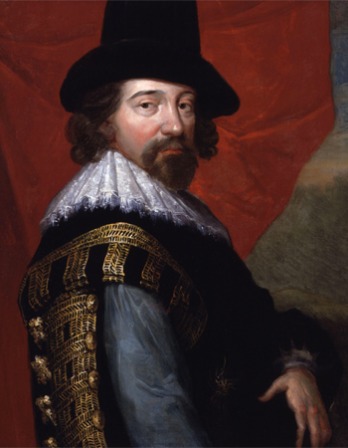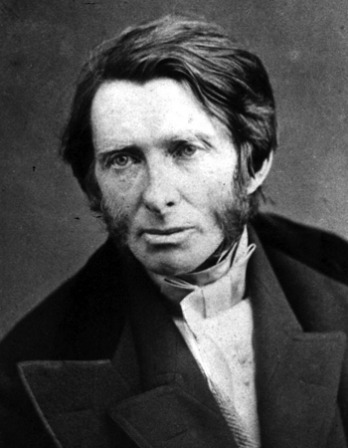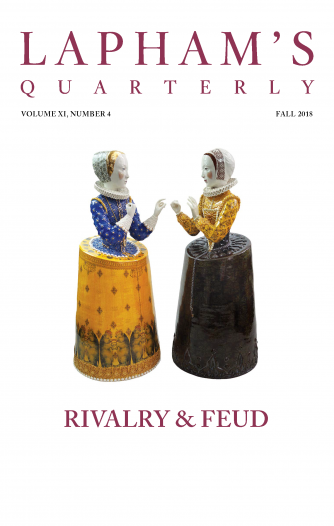When the canal has been opened and the interest now felt in getting it completed by the appointed day has ended, hardly less keen will be the interest in that other question on which men have speculated so long: what difference will this new waterway from ocean to ocean make to world commerce and therewith also, though probably in a lesser degree, to world politics? And what difference, to descend to smaller matters, will it make to the West Indies, and to the ports of the Gulf of Mexico, and (not so much commercially as politically) to the neighboring states of Central and South America?
The new route will doubtless become an important route for the traffic in heavy freight from the Atlantic ports of the United States, and from European ports also, to the ports of western North America.
It will similarly become the main freight line for goods of all kinds from both European and eastern North American ports to the west coast of South America as far south as Callao, Peru, and also from Gulf of Mexico ports as far as Coquimbo or Valparaíso in Chile. Whether the freight traffic from Europe to Valparaiso and the other ports of Chile will be greatly affected is deemed more doubtful. Much will of course depend on the tolls fixed for transit through the canal, which, by the treaty of 1901 between Great Britain and the United States, are to be, like those at Suez, equal between all nations.
The most interesting, because the largest, and also the most doubtful and complicated, question is as to the result upon European commerce to the Far East—Japan, China, New Zealand, and Australia. It is the most complicated because many factors enter into it, some of them political as well as commercial. Here the canal will compete with the Suez Canal route and (as respects Australia, in particular) with the Cape of Good Hope route, and it will also compete with the steamship lines that now ply from Australia and New Zealand to England around Cape Horn. From England to all the Australasian and east Asiatic ports, except those of New Zealand, the Suez route will be shorter than that by Panama. From New York, however, the route by Panama to Sydney, Auckland, and Shanghai will be shorter than that via Suez, while to Hong Kong and Manila it will be of practically the same length. It is generally supposed that the Panama tolls will be lower than those now imposed at Suez. Commerce, like other things, changes more quickly in our age than it did in any previous age, yet years may elapse before the full results of the opening of the canal disclose themselves. Some of the commercial as well as the political consequences that have been due to the making of the Suez Canal were altogether unforeseen. If a dozen of the most important experts were, in 1914, to write out and place in the library of the British Museum and the Library of Congress their respective forecasts bearing on this subject, sealed up and not to be opened till the year 2000, they might make curious reading in that latter year.
The chief impressions that the scenery of the isthmus makes on the traveler have already been indicated—the contrast of the wildness and solitude of the region with its wonderful geographical position, which long ago seemed destined to make it a center of commerce and population, the contrast of the advantages offered by that position with the slothful neglect of those advantages by its Spanish rulers, the contrast one sees today between the busy crowd of workers along this narrow line cut out from the vast forest and the untouched, unpeopled nature on each side, the contrast between the black cloud of death that hung over it for four centuries and the sunshine of health and energy which medical science has now poured around it.

Marooned, by Howard Pyle, 1909. Delaware Art Museum.
But the strongest impression of all is that here one sees the latest, so far as can be foreseen, of any large changes which man is likely to try to work upon the surface of the earth. Tunnels longer than any yet made may be bored through mountains or carried under arms of the sea. The courses of rivers may be diverted. Reservoirs vaster than any we know may be constructed to irrigate arid tracts or supply electric power to cities, and bridges may be built to span straits like the Bosporus, or railroads, like that recently opened in southern Florida, be carried through the sea along a line of reefs. But nowhere else do there remain two continents to be divided, two oceans to be connected, by a water channel cut through a mountain range.
There is a tale that when the plan for digging a canal at Panama was first mooted, Philip II of Spain was deterred from it by the argument, pressed by his clerical advisers, that if the Almighty had wished the seas to be joined, He would have joined them, just as, according to Herodotus, the people of Cnidus were deterred by the Delphic oracle from cutting through the isthmus along which their Persian enemies could advance by land to attack them. If Zeus had wished the place to be an island, said the oracle, he would have made it one. But when an age arrived in which commercial and scientific views of nature prevailed against ecclesiastical, it became certain that here a canal would be some time or other made. Made it now has been. It is the greatest liberty man has ever taken with nature.
From South America: Observations and Impressions. Panama declared its independence from Colombia on November 3, 1903, and fifteen days later the Hay-Bunau-Varilla Treaty was negotiated. In exchange for $10 million, annuities, and recognizing Panama’s sovereignty, the U.S. received control of a ten-mile-wide strip of the isthmus to build a canal. “This is one of the great works of the world,” President Theodore Roosevelt told construction workers in 1906. The canal, now controlled by Panama, saves ships sailing to and from the U.S. coasts about eight thousand nautical miles per journey.
Back to Issue






